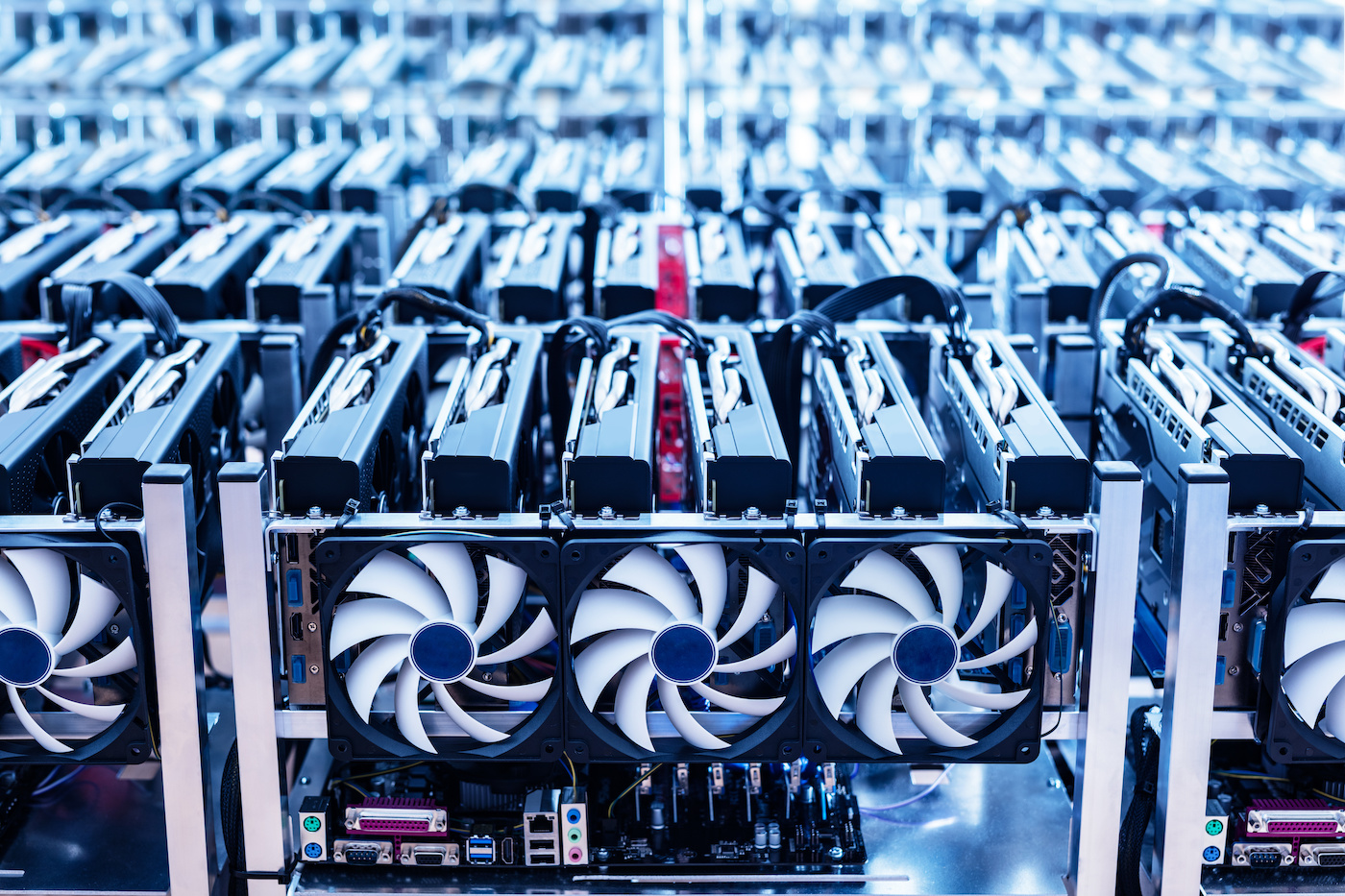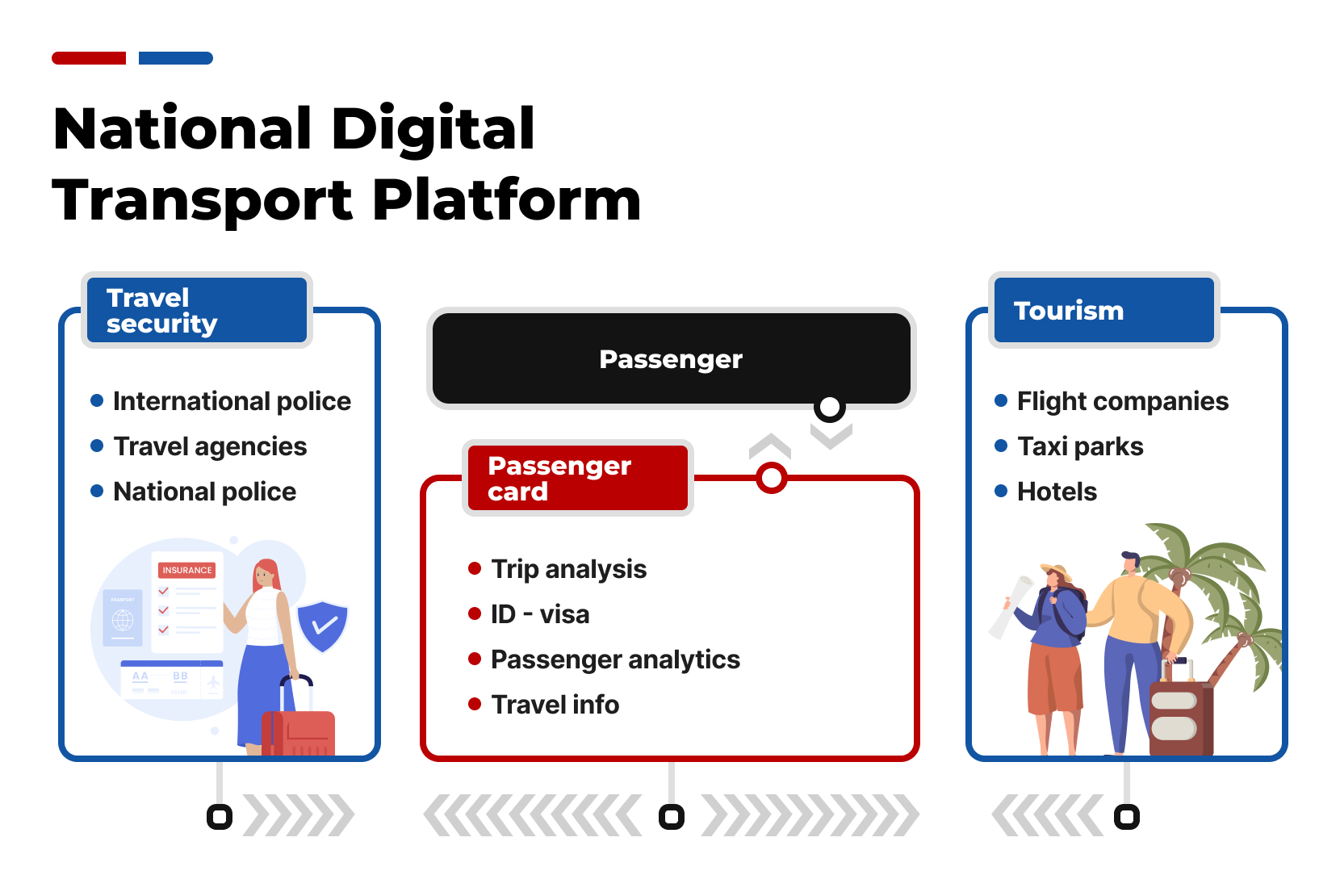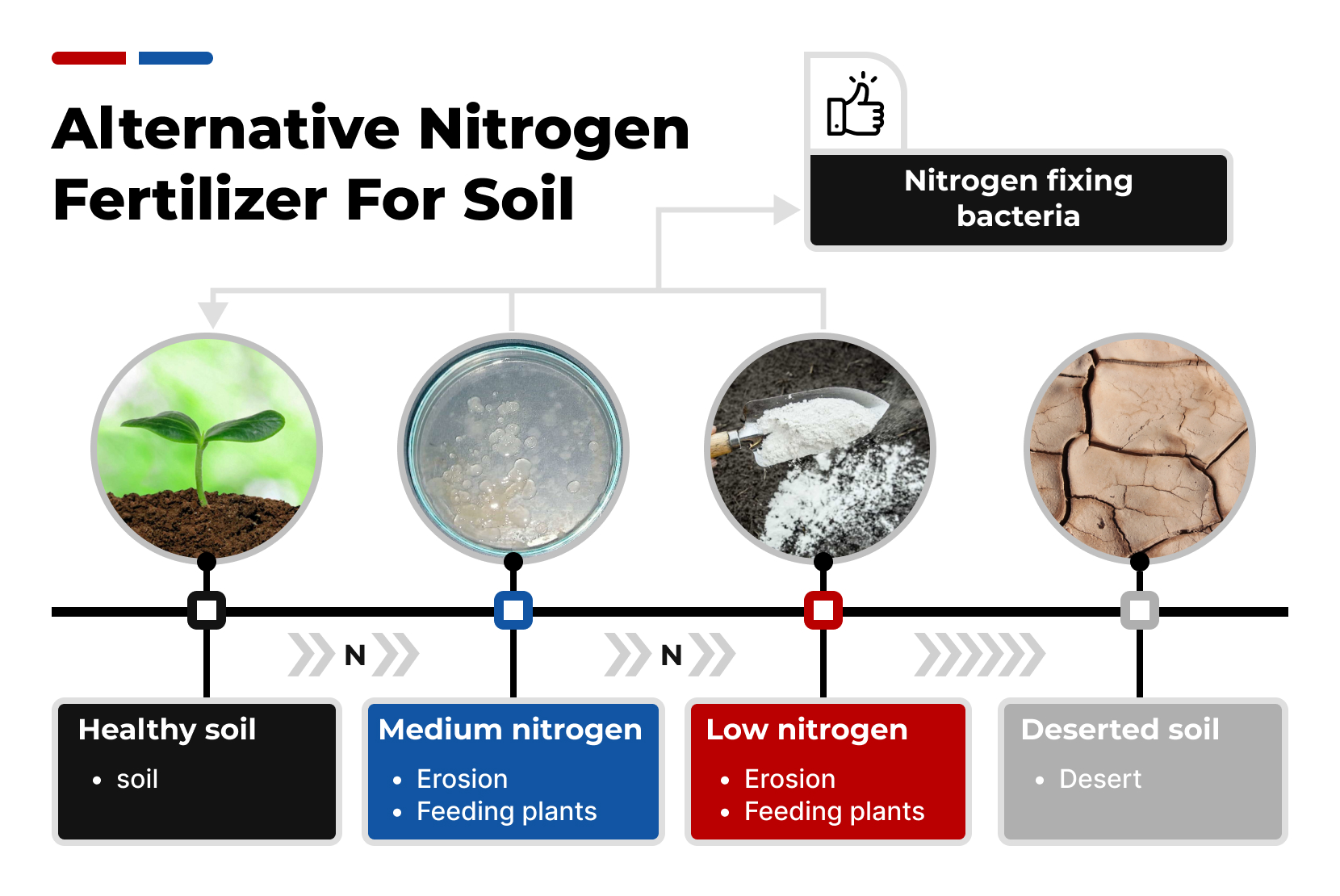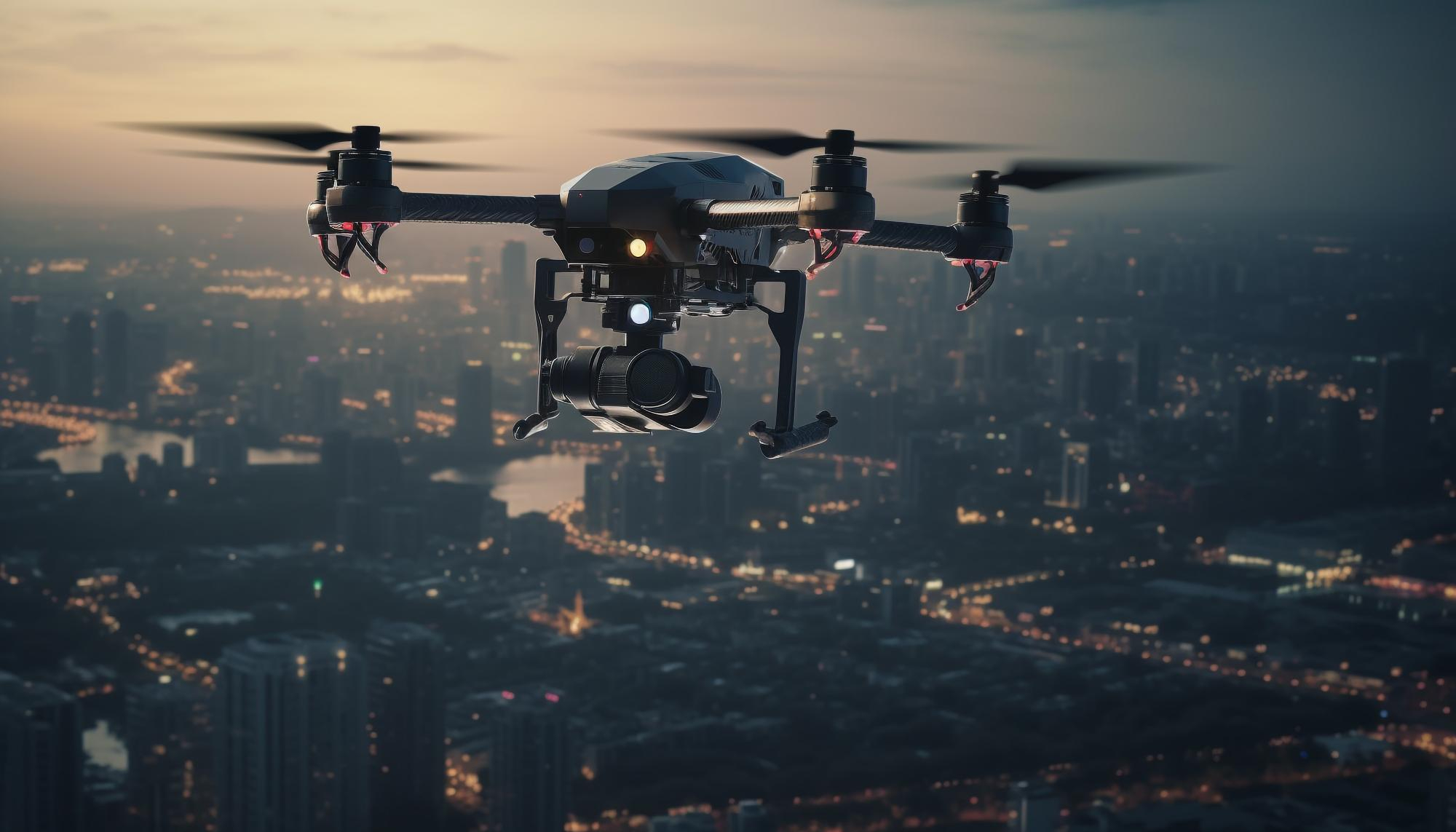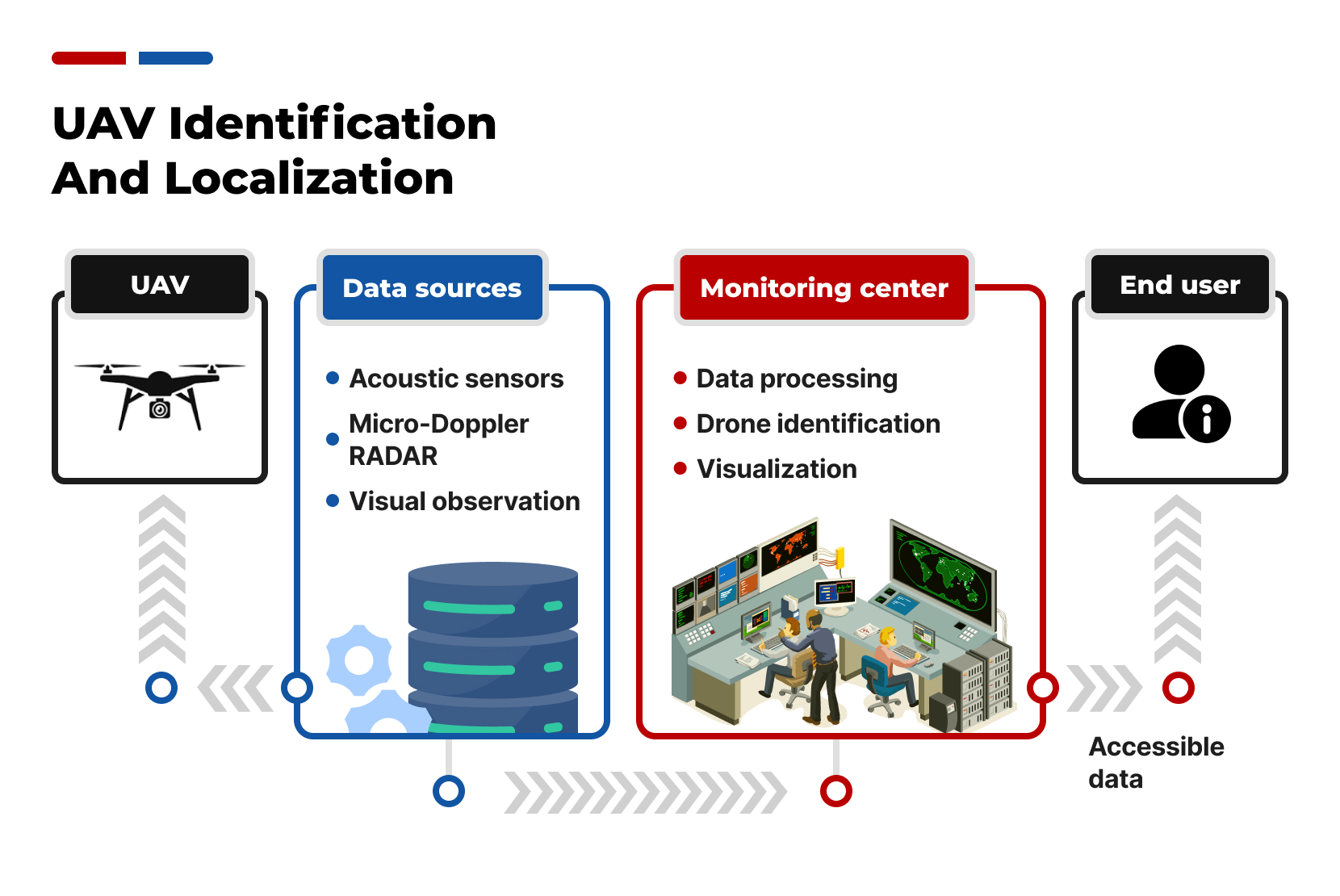Feedback form
Monitoring and predictive detection of natural disasters. Earthquake. Landslide. Glacier melting
Description
Processing data from satellite images and various sensors via AI in real-time. Forecasting several kinds of natural disasters and informing the population about its affected area, degree of danger, time of effect. Those disasters are as follows: earthquake, landslide and glacier melting.Problem
A natural disaster can cause loss of life or damage property, and typically leaves economic damage in its wake. The severity of the damage depends on the affected population's resilience and on the infrastructure available. It is important for individuals and communities to be aware of the risks associated with disasters, and be able to take steps to prepare for these events. Forecasting of hazard events must be the main concern of specialists.Solution
Collecting data in a surveillance zone using satellite images and, if possible, ground sensors is a critical step in predicting natural and what not disasters. However, processing the huge volumes of obtained data is a challenging task. Real-time use of artificial intelligence allows for more accurate signature processing and quick identification of potential disasters. In addition, It is important to alert the population to potential disasters so that people can take measures to ensure their safety. The alert should contain information about the time of the event, magnitude, and estimated start time of the disaster. Thus, data collection, signature processing, and population alerting are important components in preventing catastrophes and saving lives.Description
Processing data from satellite images and various sensors via AI in real-time. Forecasting several kinds of natural disasters and informing the population about its affected area, degree of danger, time of effect. Those disasters are as follows: earthquake, landslide and glacier melting.Problem
A natural disaster can cause loss of life or damage property, and typically leaves economic damage in its wake. The severity of the damage depends on the affected population's resilience and on the infrastructure available. It is important for individuals and communities to be aware of the risks associated with disasters, and be able to take steps to prepare for these events. Forecasting of hazard events must be the main concern of specialists.Solution
Collecting data in a surveillance zone using satellite images and, if possible, ground sensors is a critical step in predicting natural and what not disasters. However, processing the huge volumes of obtained data is a challenging task. Real-time use of artificial intelligence allows for more accurate signature processing and quick identification of potential disasters. In addition, It is important to alert the population to potential disasters so that people can take measures to ensure their safety. The alert should contain information about the time of the event, magnitude, and estimated start time of the disaster. Thus, data collection, signature processing, and population alerting are important components in preventing catastrophes and saving lives.Financial Model
Time to launch the project: 6 months
Payback: 12 months
Interested in the project?
Geography
We have experience in working with clients in more than 20 countries: we understand how local legislation, mentality and experience influence technologies and innovation approaches
Our representations: Bahrain, China, Finland, Germany, Hong Kong, India, Indonesia, Italy, Kazakhstan, Malaysia, Singapore, South Korea, Switzerland, Thailand, Turkey, UAE, USA, Uzbekistan, Vietnam




